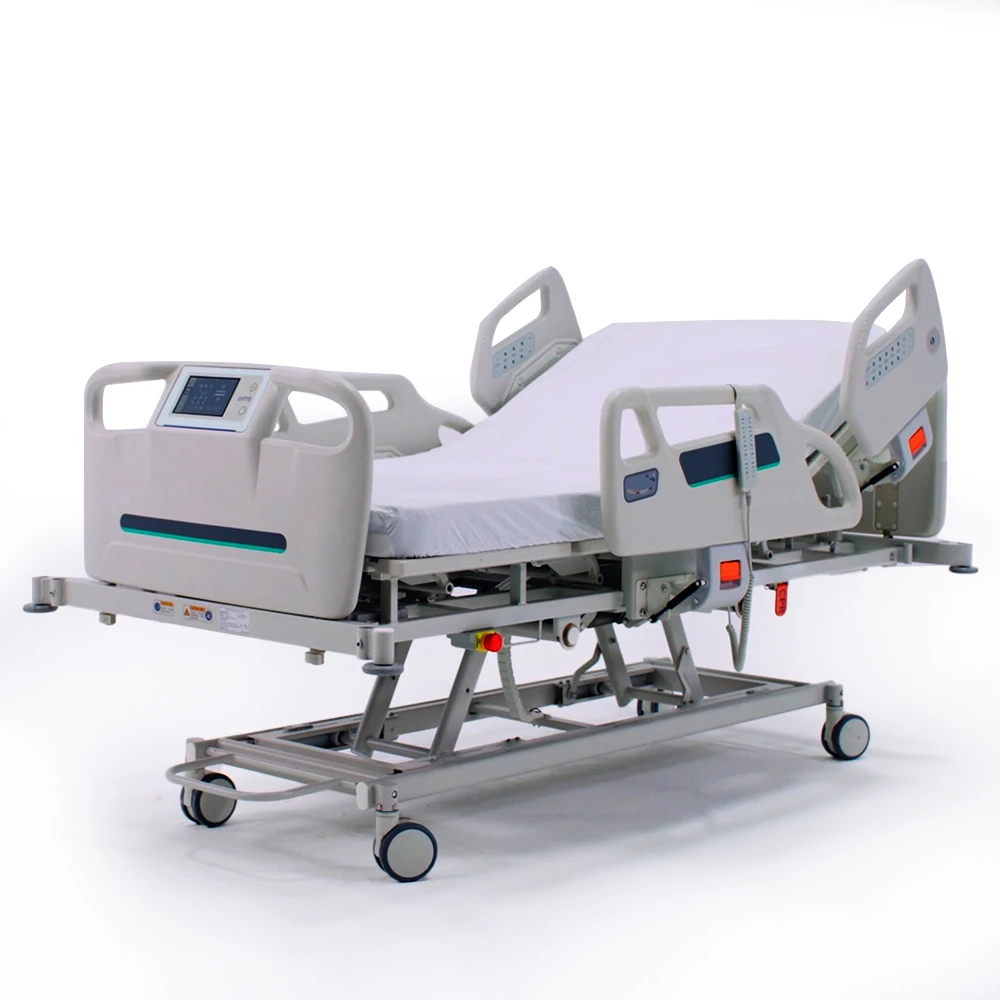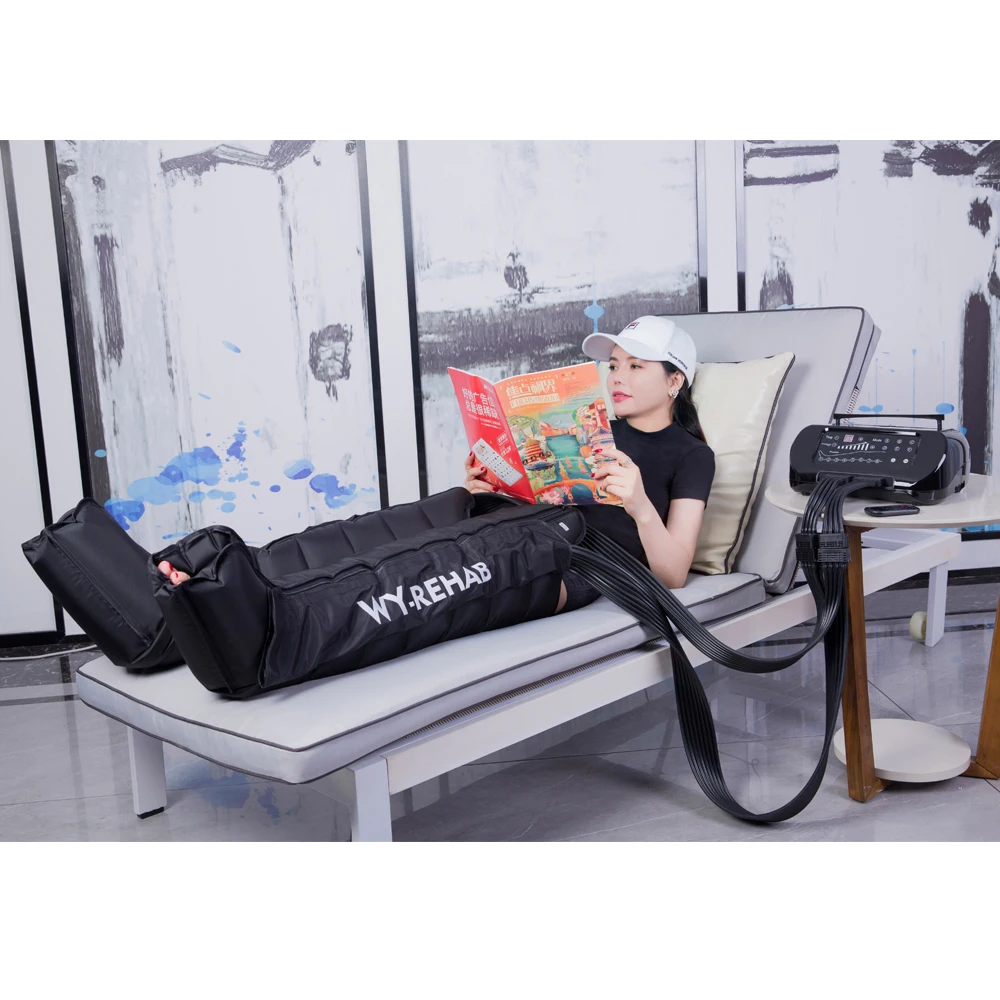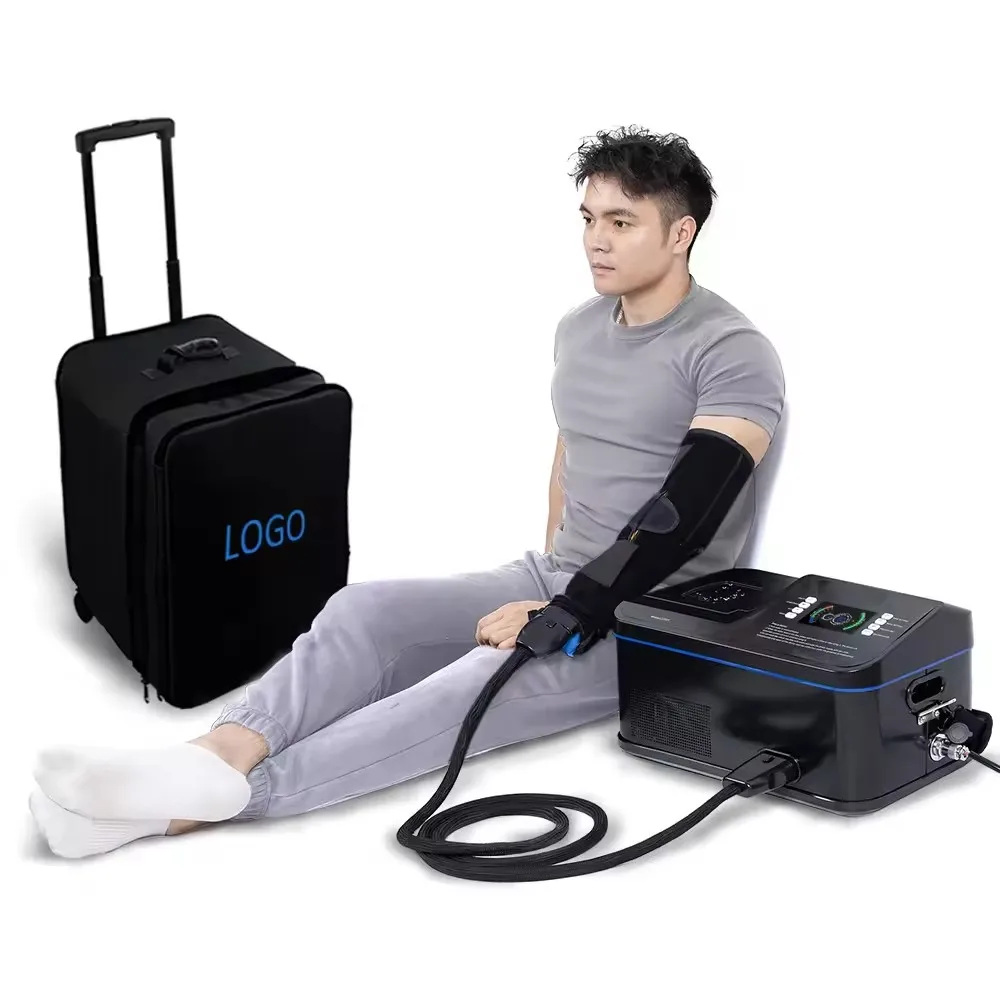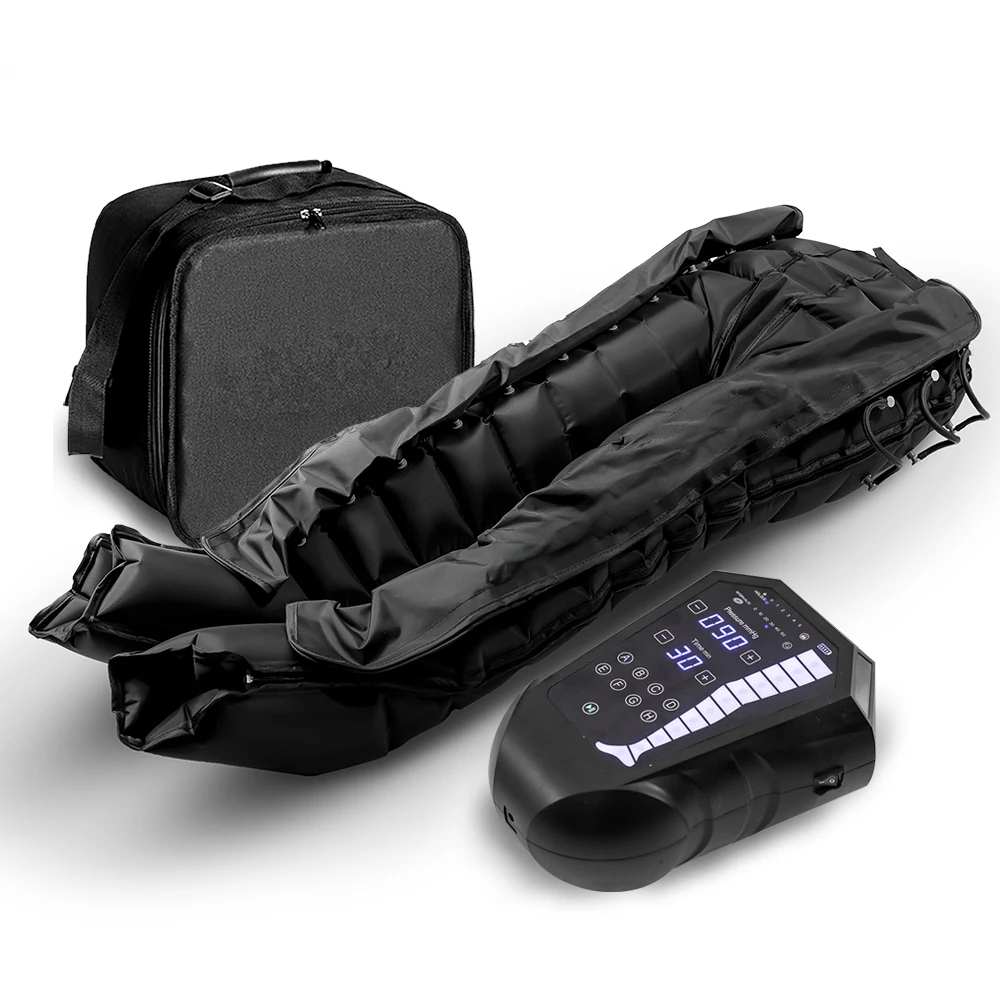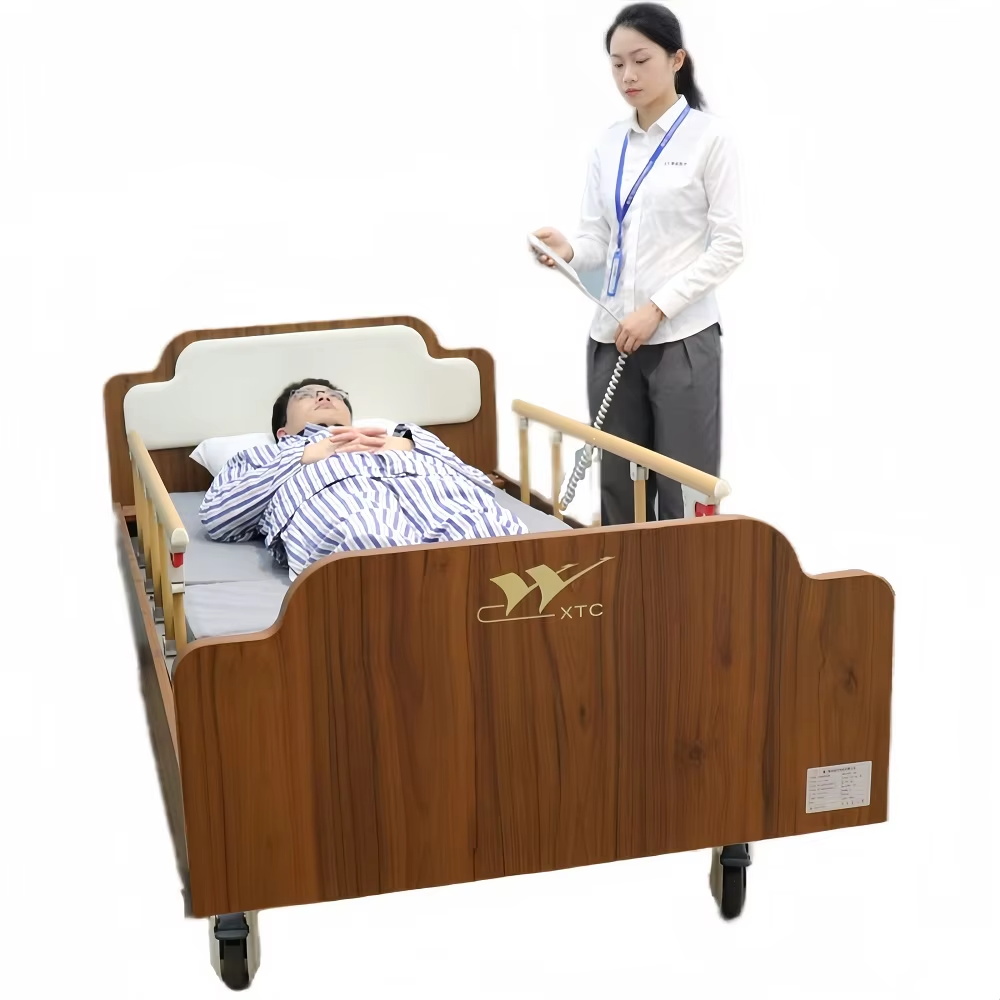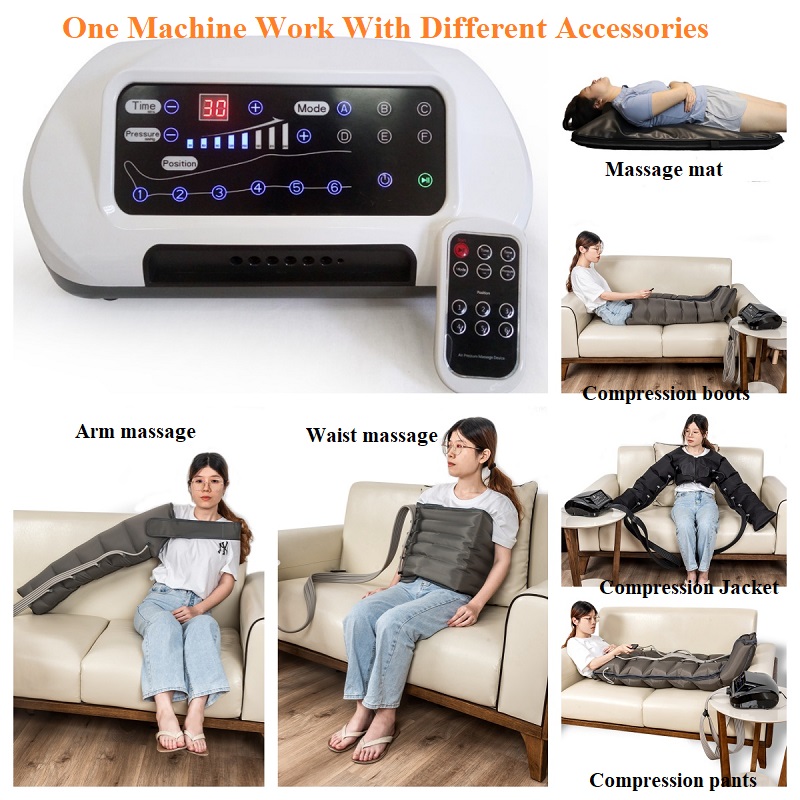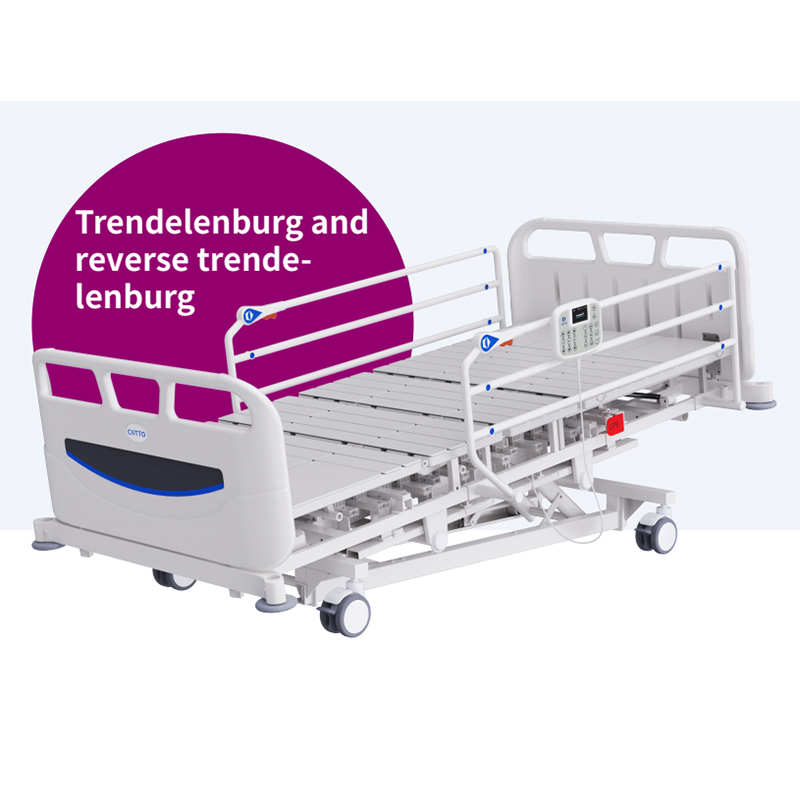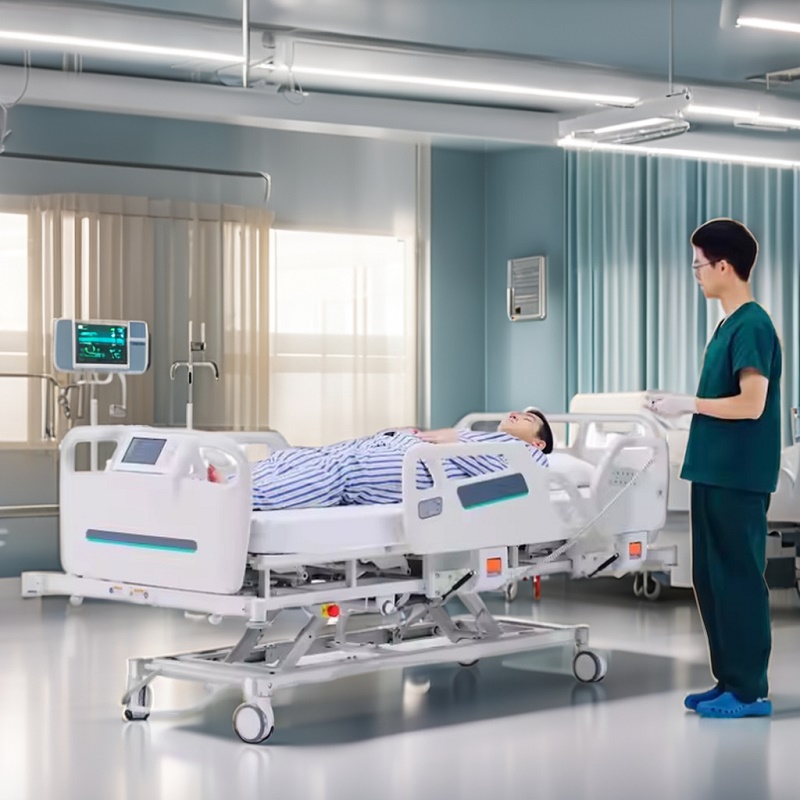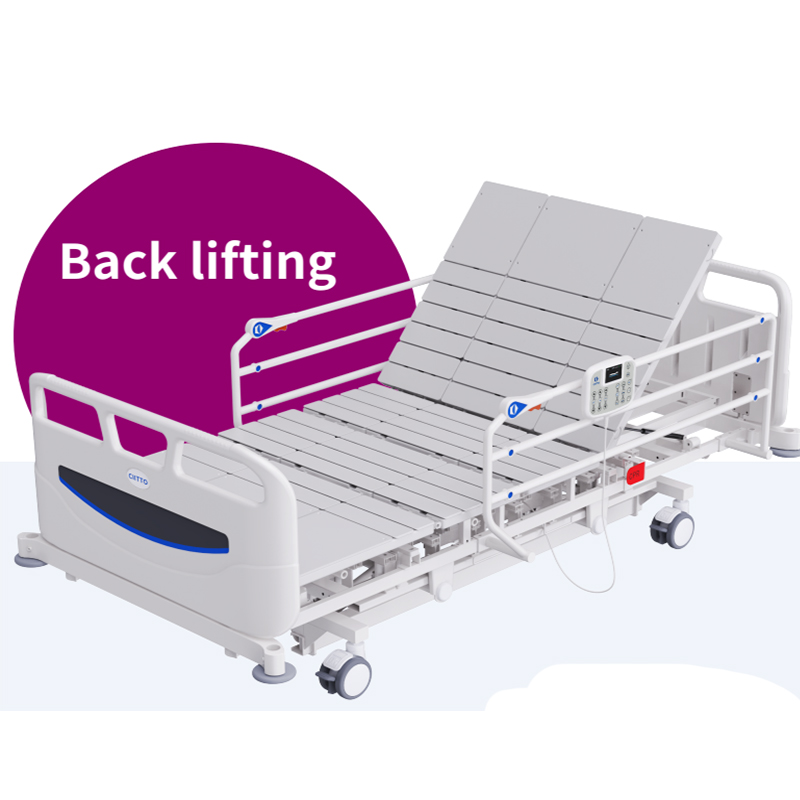מיטה מוטורית לבית חולים
מיטת בית חולים ממונעת מייצגת התקדמות משמעותית בטכנולוגיה של טיפול בחולה, המשלבת נוחות, תפקודיות ובטיחות במכשיר רפואי אחד מקיף. למיטות המתקדמות הללו יש מערכות מיקום מבוקרות אלקטרונית המאפשרות התאמות חלקות של חלקים שונים של המיטה, כולל ראש, רגל וגובה. המנגנון המרכזי פועל באמצעות מנועים שקטים אך עוצמתיים, הנשלטים על ידי בקרים ידניים או לוחות שבצידי המיטה, שנוחים לשימוש. לרוב, למיטות אלו יש תכונות בטיחות כגון מסגרות צד עם מנגנוני נעילה חלקים, מערכות גיבוי של חשמל לשעת חירום ונעילי גלגלים לצורך יציבות. המסגרת עשויה מחומרים עמידים, לרוב פלדה או אלומיניום ברמה רפואית, שתוכננו לתמוך במשקל גדול תוך שמירה על ניידות. למיטות מודרניות ממונעות של בית חולים לעתים קרובות מוטמעות תכונות מתקדמות כמו מאזניים מובנים, מערכות למיפוי לחץ למניעת חבלות לחץ, ומערכות אזעקה משולבות למעקב אחר החולה. פני השטח של המיטה מורכבים לרוב ממספר חלקים שניתן להתאים אותם באופן עצמאי, מה שמאפשר מיקומים טיפוליים שונים כגון טרנדלנבורג והפוך טרנדלנבורג. מיטות אלו חיוניות הן בסביבות בית החולים והן בסביבות של טיפול בבית, ומספקות תמיכה קריטית בהחלמה של חולים, טיפול ארוך-טווח וاجراءים רפואיים.

